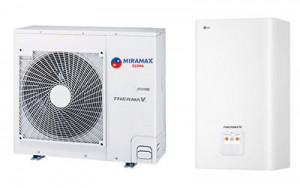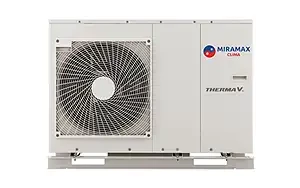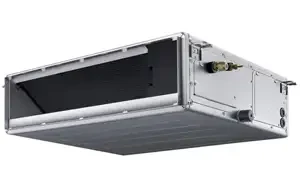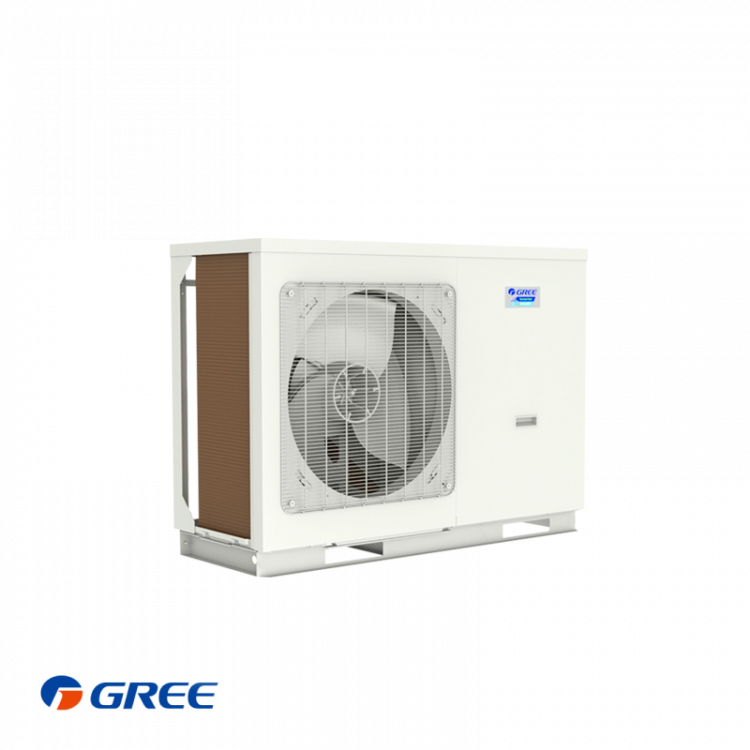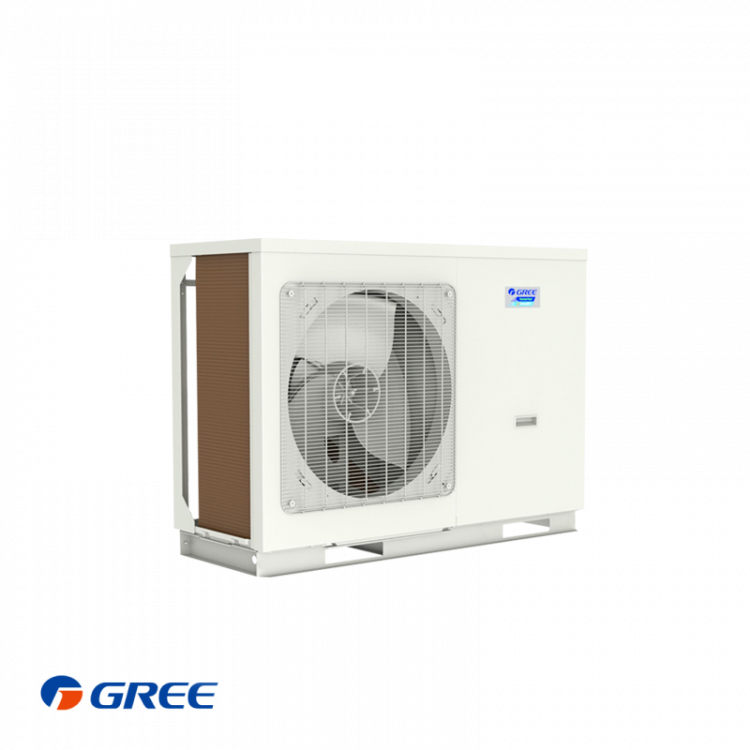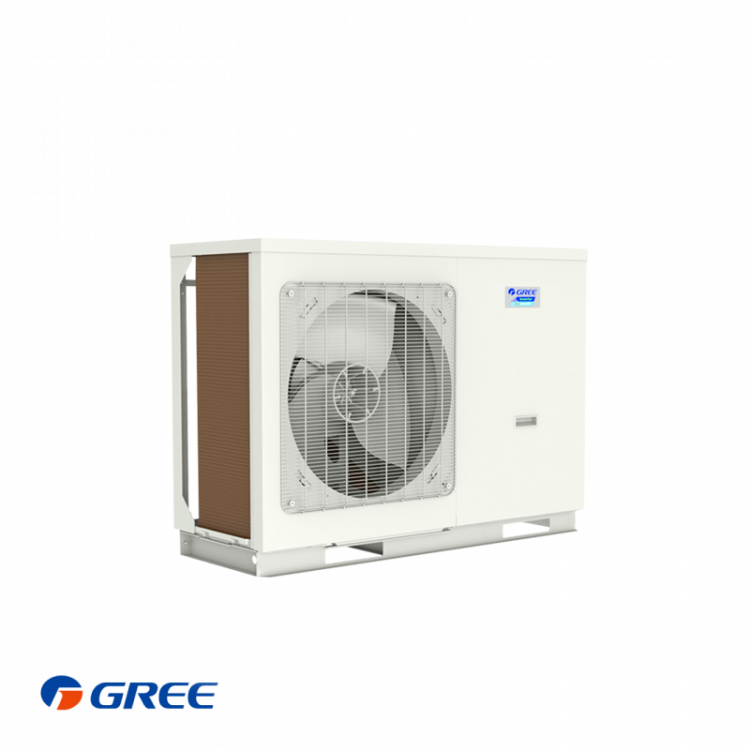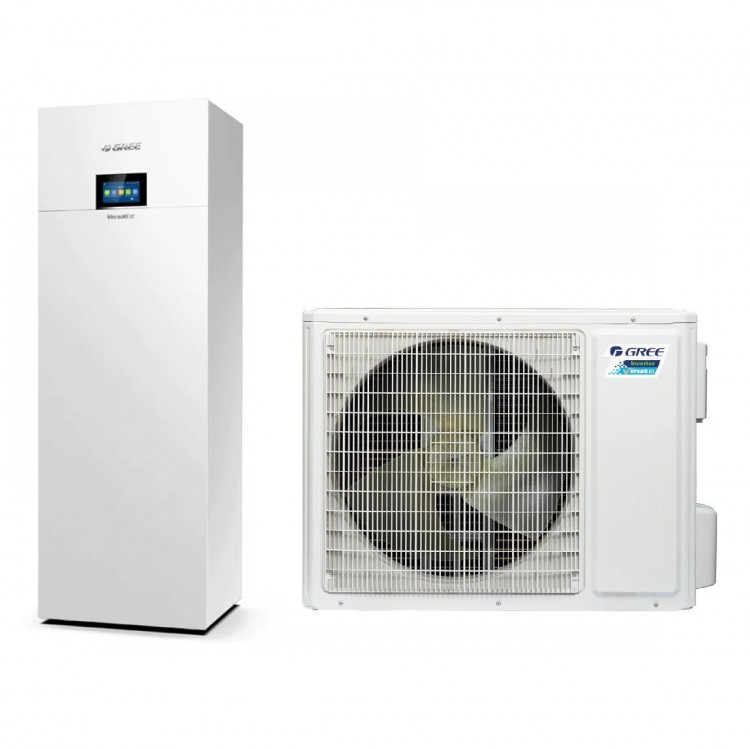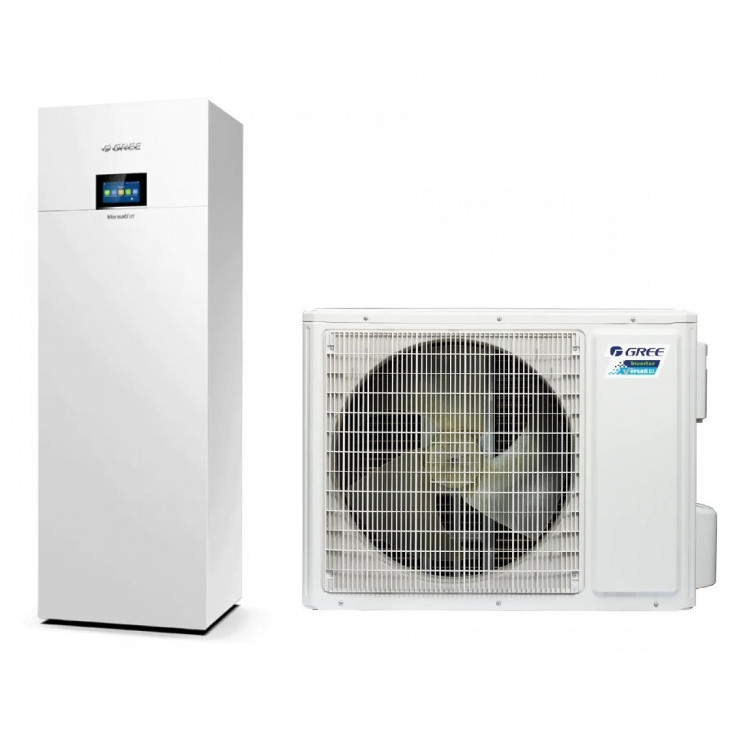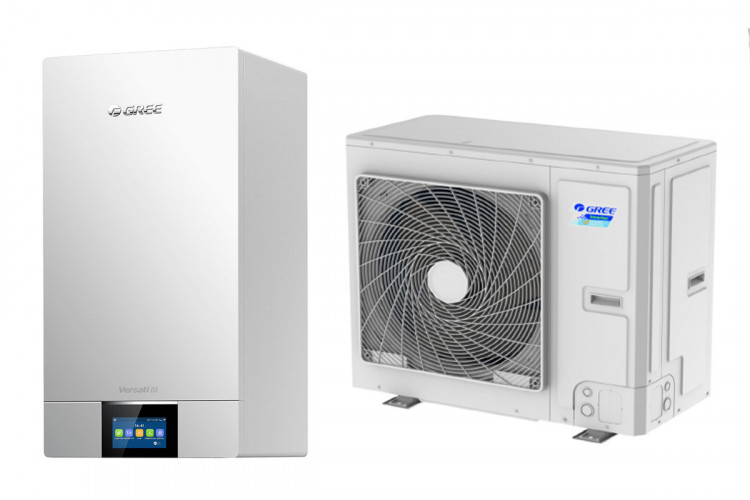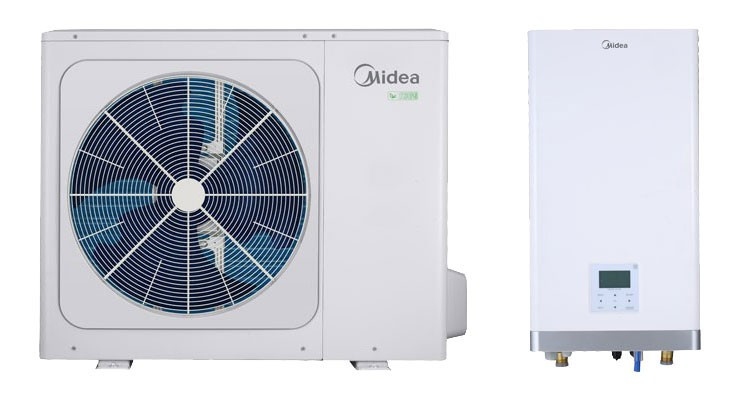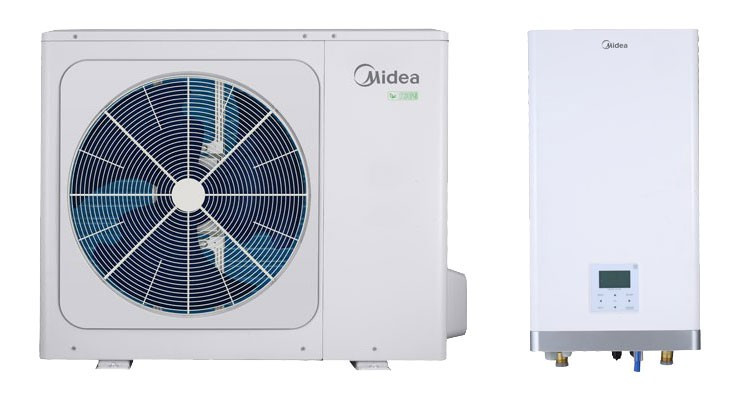
8589.70 €
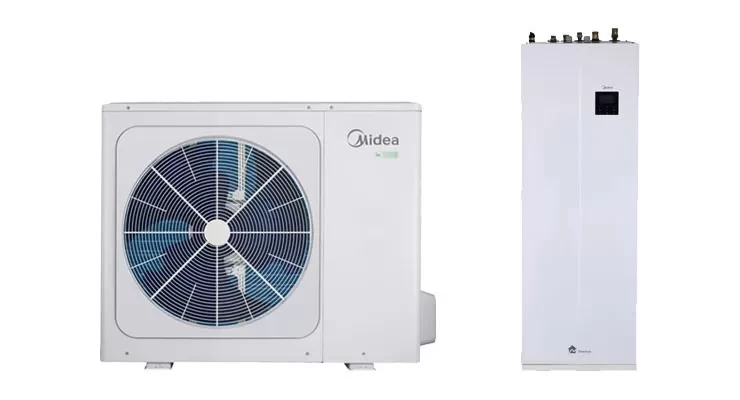
7919.91 €
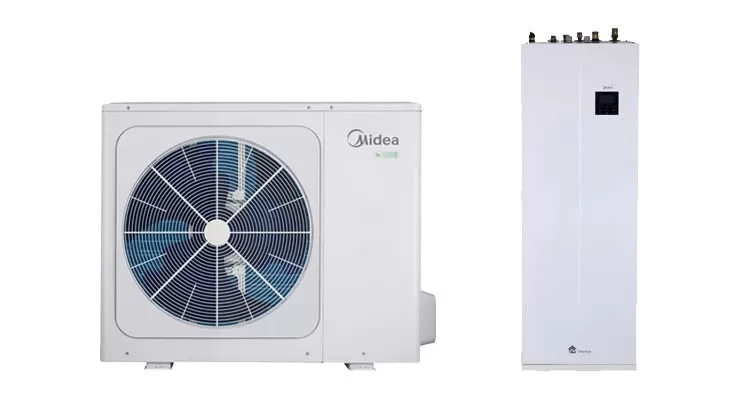
7715.39 €

7306.36 €
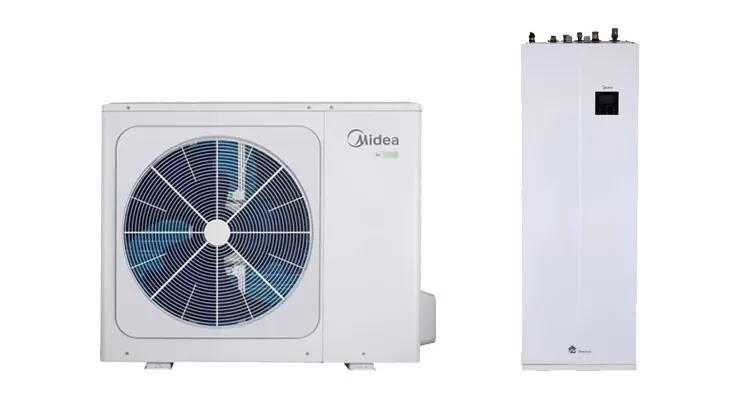
6237.76 €
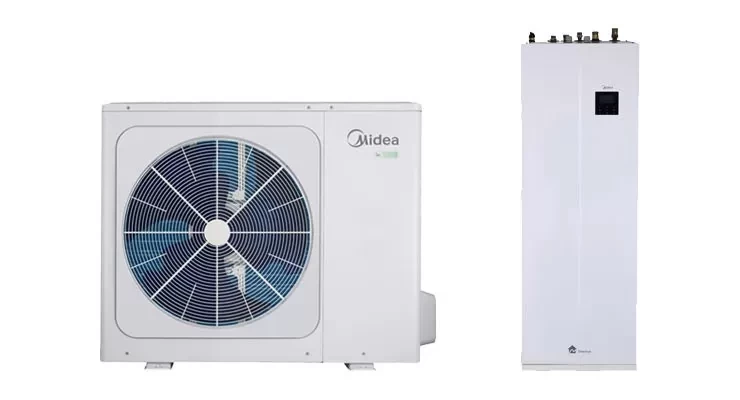
5823.61 €

5414.58 €
Heat pumps – an efficient and sustainable solution
Heat pumps are becoming an increasingly popular solution for heating, cooling, and domestic hot water in residential and commercial buildings. They use energy from the air, water, or ground to transfer heat from one place to another. This makes them both energy efficient and more environmentally friendly.
In this category, you will find a wide variety of heat pumps tailored to different types of buildings, needs, and energy efficiency. The main classification is based on the design type of the system, but the text also provides additional distinctions based on the heat source. This will help you better understand how they work and make an informed purchase decision.
Types of heat pumps
1. By heat source
When choosing a system, it is important to know the different types of heat pumps according to where they draw heat from and to what environment they transfer it. According to the heat source, they are divided into 3 types:
Air-to-water heat pumps
Air-to-water heat pumps extract heat from the outside air and transfer it to a local water heating system. This makes them suitable for apartments or houses equipped with radiators, underfloor heating, or a boiler. The system is one of the most common solutions in regions with a temperate climate, where winter temperatures in most cases remain around or above 0°C.
It is important to note that the coefficient of performance (COP) of this type of system is directly related to the outside temperature. At lower temperatures, the COP decreases because more energy must be used to extract the necessary heat from colder air. This means that actual efficiency can vary dynamically depending on atmospheric conditions, but they remain the most common type.
Water-to-water heat pumps
This type uses the heat of underground or surface water, which maintains a constant temperature throughout the year. They achieve higher efficiency but require the availability of water resources and drilling and are not very common in Bulgaria. They are the preferred choice at low temperatures and for buildings with high energy needs.
Ground-water heat pumps (geothermal)
Geothermal ground-water heat pumps extract heat from the earth's layers through boreholes. They are extremely efficient for heating and cooling, especially when used year-round, but require a larger initial investment. They are suitable for new construction with a long-term vision.
2. According to design
In addition to the heat source, heat pumps are also classified according to their design—the way they are constructed and installed.
Monoblock heat pumps
Monoblock heat pumps combine all the main components in the outdoor unit. They connect directly to the water system and do not require refrigerant circulation in the indoor space. Monoblock solutions are preferred for sites with limited indoor space and a need for faster installation.
Split heat pumps
Split heat pumps include an outdoor and indoor unit connected by refrigerant piping. They allow for more flexible positioning and often offer higher energy efficiency. They are suitable for heating larger spaces or buildings with more complex architecture.
Direct evaporation indoor units
These indoor units are part of the heat pump system and work by direct heat exchange with the air in the room. They are suitable for localized areas without the need for water circulation, offering fast results and high energy efficiency.
Heat pump prices – What to expect?
The prices of individual products can vary significantly depending on the type, power, energy class, and installation method. When choosing, it is important to find a balance between the initial investment and the long-term benefits of energy savings. In our product category, you will find heat pumps for apartments or houses at different prices, suitable for all needs and budgets.
FAQ
Air-water – use the heat of the outside air and are the most popular in Bulgaria;
Water-water – use groundwater or surface water, are highly efficient, but require a water source;
Ground-water (geothermal) – draw heat from the earth's layers through boreholes, with exceptional efficiency and stability throughout the year.
Monoblock heat pumps contain all the main components in the outdoor unit and connect directly to the water system - ideal for smaller spaces and faster installation.
Split heat pumps have an indoor and outdoor unit connected by refrigerant piping. They offer more flexible installation and higher energy efficiency, especially in larger buildings.
Yes. Modern inverter air-to-water heat pumps operate reliably even at temperatures below -15 °C. In extremely cold climates, they can be combined with electric heaters or other heat sources for maximum efficiency.
The prices of heat pumps vary depending on their power, type of system (air-water, water-water, ground-water), energy class, and additional features. The higher initial investment is offset by low operating costs and long-term energy savings. At Miramax-Clima, you will find models for different budgets and needs.

